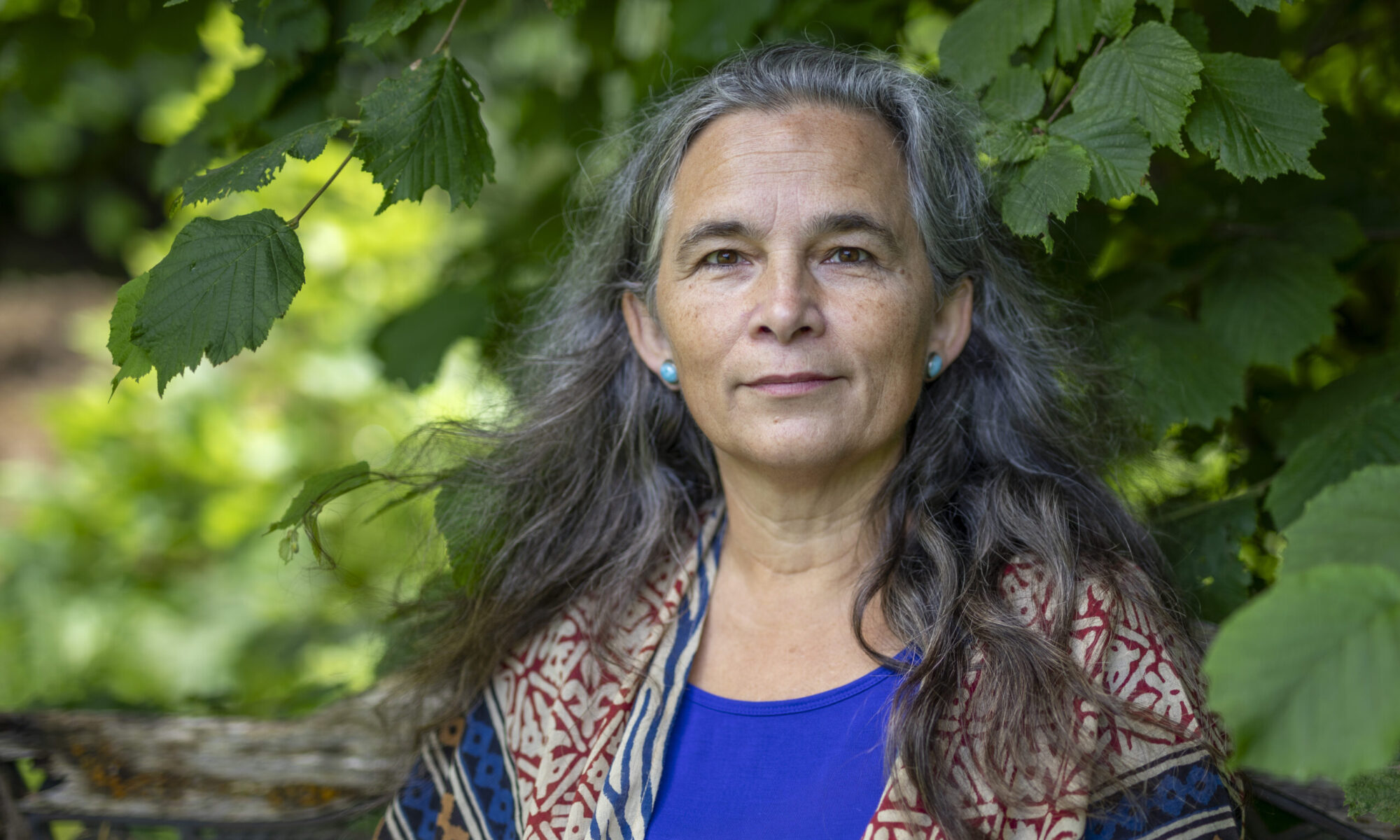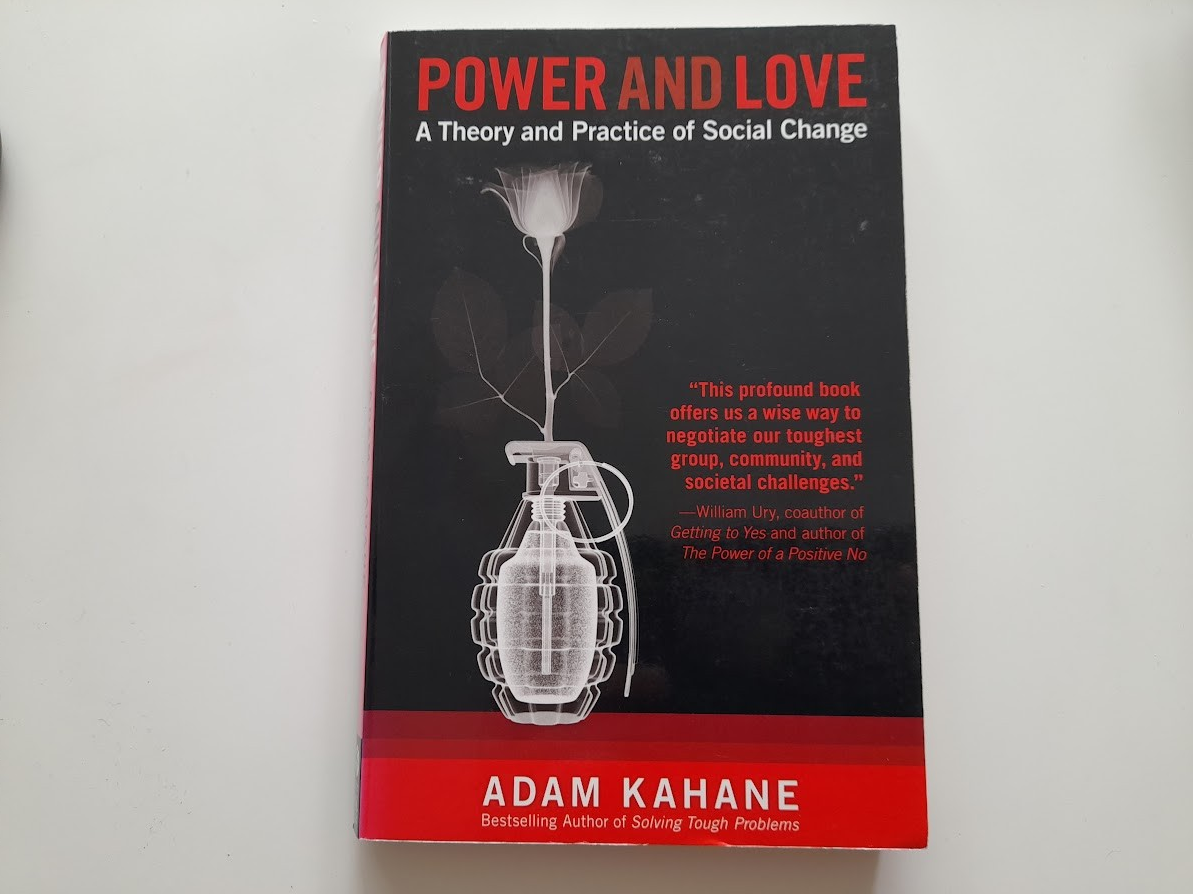Macht – ein Wort, das im Deutschen oft schwer wiegt. Es ruft Assoziationen von Kontrolle, Unterdrückung oder Manipulation hervor. Im Englischen klingt „power“ offener, neutraler – es steht auch für Energie, Handlungskraft oder das Potenzial, etwas zu bewirken. Diese Zweideutigkeit sagt womöglich was aus über unser kulturelles Verständnis von Macht und wie es unsere Haltung demgegenüber prägt.
Ob wir es wollen oder nicht – Macht ist allgegenwärtig. Sie durchzieht alle sozialen Gefüge, auch jene, die bewusst versuchen, ohne Machthierarchien auszukommen. Wo Menschen zusammenkommen, entstehen Dynamiken von Einfluss und Entscheidung. In Organisationen, Teams und Gemeinschaften gibt es immer Menschen, die lenken, gestalten und/oder bewahren. Wer diese Strukturen leugnet, läuft Gefahr, unbewusste Machtmechanismen zuzulassen, die oft destruktiver wirken als offen reflektierte Führung.
Deshalb brauchen wir Klarheit und Wissen über das Wesen der Macht. Wie wirkt sie? Wie kann sie konstruktiv gestaltet werden? Welche Rolle spielt sie in unserem eigenen Leben? Hier setzen aktuelle Bücher an, die neue Perspektiven eröffnen. Ich bin gespannt auf das neue Buch von Prof. Dr. Carsten C. Schermuly „Psychologie der Macht“, das demnächst erscheint. Er ist Direktor des Instituts für New Work und Coaching bei der "SRH University of Applied Sciences" in Berlin.
Erkenntnisse über das Thema Macht sind nicht nur für politische oder wirtschaftliche Systeme relevant, sondern für jede Zusammenarbeit – insbesondere dort, wo Hierarchien bewusst flach gehalten werden. In meiner Tätigkeit als Teambegleiterin, Supervisorin und Moderatorin arbeite ich vor allem mit Gruppen, die sich selbst als gleichberechtigt organisieren. Es ist ein hohes Ideal und darf nicht zu Ohn-Macht führen. Es erfordert dazu ein tiefes Bewusstsein für die Dynamiken, die entstehen, wenn Entscheidungen getroffen und Verantwortung verteilt wird. Eva Stützel hat sich in dem Buch „Macht voll verändern“ (2024) vor allem mit solchen nicht-hierarchischen Strukturen und Gemeinschaften beschäftigt.
Ein Buch, das mich nachhaltig inspiriert, erschien bereits in 2010. Adam Kahane beschreibt in „Power and Love: A Theory and Practice of Social Change“ das essenzielle Spannungsfeld zwischen diesen beiden Kräften: Ohne Liebe wird Macht destruktiv, ohne Macht bleibt Liebe wirkungslos. Leider wurden dieses und auch die anderen sehr inspirierenden Bücher dieses Autors bis jetzt nicht ins Deutsche übersetzt. Seine Ausführungen wurzeln in seiner Beratungsexpertise in herausfordernden Situationen.
In der aktuellen Austauschgruppe „Spiritualität und Politik“ gehen wir der Frage nach: Wie kann eine spirituelle Haltung helfen, mit Macht reflektiert umzugehen? In einer Zeit, in der Misstrauen gegenüber Autorität wächst, aber gleichzeitig klare Ausrichtung und Handlungsfähigkeit dringend benötigt werden, kann eine bewusste Verbindung von innerer Integrität und verantwortungsvoller Macht ein Schlüssel sein.
Macht ist eine Kraft, die gelenkt werden will. Ob in der Gesellschaft, in Organisationen oder im persönlichen Leben – sie fordert uns heraus, unser eigenes Verhältnis zu ihr zu hinterfragen. Wo übe ich Macht aus? Wo lehne ich sie ab, obwohl ich sie vielleicht nutzen könnte, um Gutes zu bewirken? Und wie finde ich inmitten dieser Kräfte mein eigenes Gleichgewicht?
Mir scheint es in der momentanen Situation wichtig, Macht als Gestaltungskraft zu sehen und dabei darauf zu achten, dass die Verbindung mit humanen Werten nicht auf der Strecke bleibt. Ein Handeln aus innerer Stille, Liebe und Verantwortung.

